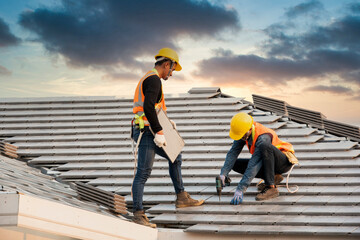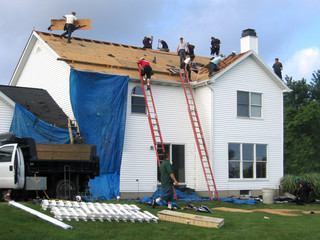Water damage is one of the most common claims homeowners’ insurance companies receive annually. Whether slow leaks cause water damage over time or catastrophic flooding, it must be addressed immediately.
All Pro Services can stop the damage and prevent long-term destruction. Here’s how you can get started.
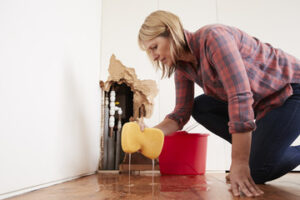
Various things can lead to water damage in your home, from natural disasters like hurricanes and floods to things you can easily prevent. A leaky refrigerator hose, for example, might not seem like much of a problem but over time can cause serious structural damage to your home. Keeping up with routine maintenance on appliances and your plumbing system will help avoid these problems. In addition, it is important to check the condition of your exterior walls and siding to make sure they are not cracking or leaking.
If you notice a crack in your foundation or basement wall, it is important to have it repaired before it becomes worse. Leaving cracks unattended will only allow more water to get in and could result in expensive repairs and restoration work.
Water damage can also be caused by failed pipes, which are often the result of freezing, rust or corrosion. If you suspect a pipe has failed, it is important to hire professional water damage restoration specialists as soon as possible to minimize the amount of repair work needed.
The first step in water restoration is to remove standing water with a heavy-duty industrial vacuum and specialized machines. This is a critical step because it can significantly reduce the amount of restoration work needed. Once the standing water is removed, professionals can use a moisture meter to test for the presence of dampness in the walls, ceilings and floor.
Different types of water damage require different approaches to restoration. The type of water will also affect the cost of the restoration project. The severity of the damage is classified as either class 1, 2, or 3, depending on the source of the water. Class 1 is considered clean water and comes from sources such as falling rain or melting snow. Class 2 is contaminated water and comes from sources such as kitchen sinks, washing machines or toilets. Finally, class 3 is the worst kind of water damage and contains microorganisms that can cause disease.
It is important to keep in mind that the majority of water damage is preventable. Vigilance and prompt action can help you spot problems before they escalate into major issues that require costly repairs and restoration work. Inspect your plumbing regularly and be on the lookout for any unusual spikes in your water bill. These spikes can indicate that there is a leak or that you are using more water than usual.
Water damage is caused by flooding and persistent rain, but it can also be the result of manmade incidents such as leaky pipes and faulty appliances. These issues cause gradual moisture accumulation that can eventually lead to mold, dry rot, and structural damage. It is important to recognize these issues and take the necessary measures to prevent them.
Water leaks are the leading source of home insurance claims, costing an average of $5,092 per incident after the deductible. In the majority of these cases, plumbing supply system material failure is to blame. This is the reason that it’s important to have your plumbing systems regularly inspected and maintained.
In addition to the aforementioned warning signs, there are other ways that you can identify water damage. For example, a sudden onset of respiratory problems may be indicative of a mold problem resulting from a water-induced leak. Likewise, a musty smell may indicate that there is rotting wood within your structure.
Another way that you can spot water damage is by looking for discoloration on walls and ceilings. This is often caused by unseen leaks that can go undetected for a long period of time.
It’s important to note that it can take months or even years for a hidden leak to become visible. This is because water causes deterioration in porous materials like drywall and carpeting, causing them to degrade over time.
Moreover, it is crucial to know how to determine whether water marks on a wall are new or old. Fresh watermarks will appear wet and may even have a noticeable line, while old ones will appear faded and dry.
Water stains and brown spots on ceilings, walls and floors are typically caused by undetected water leaks. While it’s impossible to prevent the effects of extensive and long-term water damage, you can take steps to prevent smaller issues such as small stains and minor discolorations. This can be done through regular maintenance and inspection of your property by a professional. In addition, using devices such as water flow monitoring systems can help you avoid costly water damage in the future.
Once the source of the water damage is stopped and power has been turned off, the cleanup and restoration process can begin. This is a job that should only be done by professionals unless you have the proper equipment and experience. It’s important to understand how different materials will interact with water and how much time it takes for certain items to become affected. For example, thick paint will absorb water more than thinner paint and tiles. Also, drywall and carpeting will absorb water at a different rate than wood. Knowing what makes up your home will help you better assess the amount of damage and how it needs to be addressed.
When you’re getting started with the cleanup process, turn off any appliances that are connected to gas lines and shut off your home’s main water supply. This will prevent further damage and reduce the risk of electric shocks or fires. It’s also essential to unplug any electronics that may be affected by the water. Continuing to use them could lead to permanent damage and even electrical failure. Once this is done, it’s a good idea to open windows and doors in order to promote airflow and speed up the drying process.
It’s also a good idea to remove any items that are already showing signs of water damage, such as swollen photographs, books and paper goods. This will allow for a quicker assessment of what needs to be replaced and it will also make it easier for the professional to dry out the remaining items.
Once any visible signs of moisture have been removed, it’s time to start mopping and using towels, dehumidifiers and fans. It’s also a good idea to disinfect the area with bleach or an alternative cleaning solution to ensure that any bacteria and spores are killed.
It’s important to remember that it doesn’t take long for standing water to breed mold and mildew, which can be incredibly dangerous. These microorganisms can cause serious health problems, including allergies, asthma and respiratory conditions. In addition, they can cause rot and other structural issues in your home.
Water damage is a common problem that has many potential causes. Floods, heavy rainfall, and burst pipes are often to blame, but there are also more hidden sources like faulty appliances or leaky plumbing. Even if these problems aren’t obvious at first, they can lead to long-term issues like mold, mildew, and structural damage to the home’s foundation.
The best way to prevent these problems is by being proactive about home maintenance. A comprehensive plan should include a checkup of plumbing systems, an assessment of weather-related vulnerabilities, and an inspection of the structure’s foundation. In addition to checking all of these areas, it’s important to develop a checklist for routine exterior maintenance tasks. These should include checking and cleaning gutters, disconnection of hoses in the fall, grading the soil around the house to keep water away from the foundation, and regular maintenance on HVAC and sprinkler systems.
Some of the most common problems caused by moisture in homes are mold and mildew, rotted wood, and warped or sagging walls. These problems can be expensive to correct and can have lasting health impacts for the occupants. In addition, they can cause serious structural damage to a home’s foundation, and they can also affect electrical wiring and create a breeding ground for pests.
One of the most common reasons that mold and mildew grow in a home is because of moisture from leaky pipes or fixtures. This is why it’s important to check and replace all aging appliances and fixtures to prevent future leaks and other problems.
It’s also important to regularly clean your gutters to avoid buildup of leaves and debris that can block a downspout or lead to flooding. Also, be sure to disconnect all hoses and garden equipment in the fall before the rainy season starts. This will prevent them from freezing and bursting, which could lead to broken pipes in your home.
A hygrometer is an easy and inexpensive tool to help monitor humidity levels in your home. High humidity is a contributing factor to hidden leaks and other water damage, so keeping this level in your home as close to ideal as possible can help prevent costly repairs down the road.
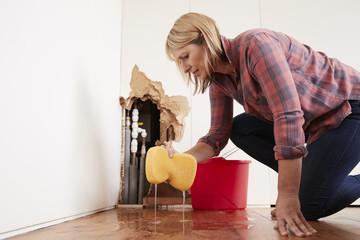

 The biggest expense in a kitchen remodel is new cabinets, which can account for 14 to 41 percent of the total project cost. The exact amount depends on whether you’re planning to refinish or replace your cabinets, and the material you choose for them. Plywood and wood veneers tend to be cheaper than solid wood options.
The biggest expense in a kitchen remodel is new cabinets, which can account for 14 to 41 percent of the total project cost. The exact amount depends on whether you’re planning to refinish or replace your cabinets, and the material you choose for them. Plywood and wood veneers tend to be cheaper than solid wood options.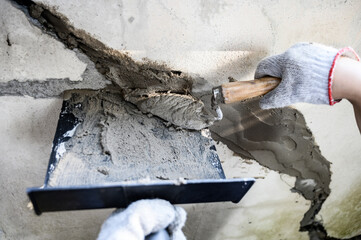
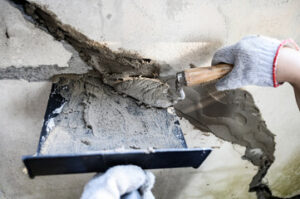 Modulus Of Elasticity
Modulus Of Elasticity